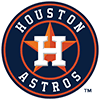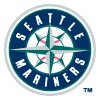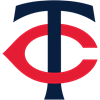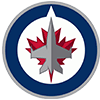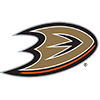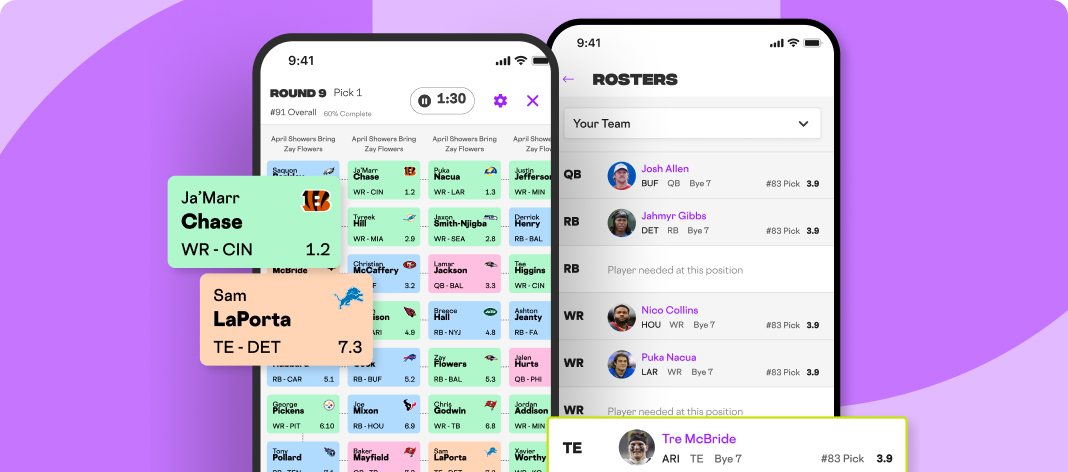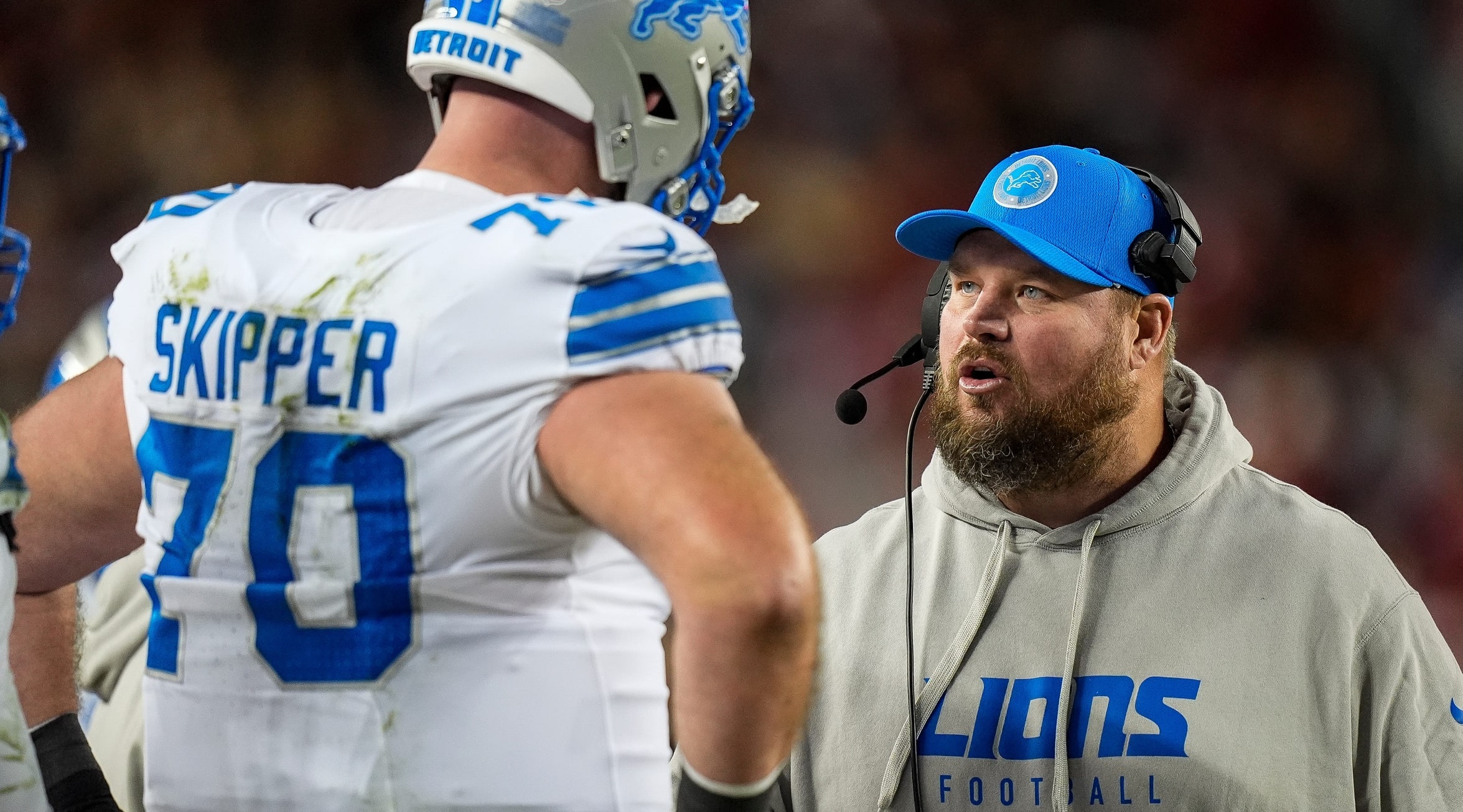The 2025 NFL Draft is in the books after the final four rounds wrapped up Saturday. We'll run through all the skill-position players to recap their college careers while looking ahead to their potential impact in the pros.
Quarterback
Shedeur Sanders, 144th overall 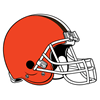
Sanders was obviously the biggest faller of the 2025 NFL Draft, but that narrative has been covered all weekend, so we don't need to venture too far in that direction. For fantasy leagues that held rookie drafts prior to this weekend, Sanders could end up a catastrophic pick, as he likely won't be relevant in redraft/best-ball formats.
Kyle McCord, 181st overall 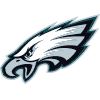
Will Howard, 185th overall 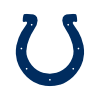
Riley Leonard, 189th overall 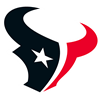
Graham Mertz, 193rd overall 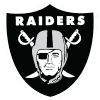
Cam Miller, 215th overall 
Kurtis Rourke, 227th overall 
Quinn Ewers, 231st overall
We can take the rest of the quarterback class as a group, because none is immediately fantasy relevant.
A few names are worth noting briefly, starting with Howard. He would be in line to hypothetically compete for the starting role in Pittsburgh if the season started tomorrow. But, the season doesn't start tomorrow and the Steelers almost certainly have assurances they will land either Kirk Cousins or Aaron Rodgers.
Leonard likely will begin the season inactive for the Colts, but he has rushing upside that could make him fantasy relevant if he ever gets a chance. Indianapolis has a shaky quarterback room, so never say never.
Ewers is
The 2025 NFL Draft is in the books after the final four rounds wrapped up Saturday. We'll run through all the skill-position players to recap their college careers while looking ahead to their potential impact in the pros.
Quarterback
Shedeur Sanders, 144th overall 
Sanders was obviously the biggest faller of the 2025 NFL Draft, but that narrative has been covered all weekend, so we don't need to venture too far in that direction. For fantasy leagues that held rookie drafts prior to this weekend, Sanders could end up a catastrophic pick, as he likely won't be relevant in redraft/best-ball formats.
Kyle McCord, 181st overall 
Will Howard, 185th overall 
Riley Leonard, 189th overall 
Graham Mertz, 193rd overall 
Cam Miller, 215th overall 
Kurtis Rourke, 227th overall 
Quinn Ewers, 231st overall
We can take the rest of the quarterback class as a group, because none is immediately fantasy relevant.
A few names are worth noting briefly, starting with Howard. He would be in line to hypothetically compete for the starting role in Pittsburgh if the season started tomorrow. But, the season doesn't start tomorrow and the Steelers almost certainly have assurances they will land either Kirk Cousins or Aaron Rodgers.
Leonard likely will begin the season inactive for the Colts, but he has rushing upside that could make him fantasy relevant if he ever gets a chance. Indianapolis has a shaky quarterback room, so never say never.
Ewers is the final name, due to landing in Miami. We know Tua Tagovailoa's injury history, and perhaps Ewers can beat out Zach Wilson for the backup job.
Running Back
Bhayshul Tuten, 104th overall 
LeQuint Allen, 236th overall
Tuten started his collegiate career at North Carolina A&T before transferring to Virginia Tech, where he led the Hokies' backfield the last two years. He showed the ability to shoulder a heavy workload (356 carries) paired with a nose for the end zone (29 touchdowns) in 2023 and 2024. Tuten addes to his prospect status with excellent speed and agility work at the combine, highlighted by a 4.32 40 at 206 pounds.
Tuten checks a lot of boxes as a prospect and his landing spot is also a positive for his fantasy value. The likelihood of Tuten contributing immediately is minimal, but he could emerge down the stretch with a new front office and coaching staff in Jacksonville. If he can show well with his opportunity in 2025, Tuten could be headed for a significant workload in 2026 with Travis Etienne expected to depart next offseason.
Allen was also added late in the draft. He has a great receiving profile, but that may not be on display until Etienne is playing elsewhere.
Cam Skattebo,105th overall 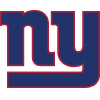
Skattebo is the ultimate test of valuing college productivity against athleticism. He captivated college football fans by carrying Arizona State into the college football playoff and to a near upset of Texas. However, he has poor speed (4.71 40), which was enough to raise questions about his ability to create big plays and push him into the fourth round.
If he proves himself during training camp, Skattebo looks to be in a good position to contribute immediately. He appears to be a perfect early down complement to Tyrone Tracy, the latter of whom had fumbling problems as a rookie. Devin Singletary is also in the mix, but he could be the real fantasy loser of this selection.
Trevor Etienne, 114th overall 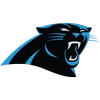
If nothing else, we have further confirmation that the Panthers value running backs. Etienne joins a running back room that already includes a healthy Chuba Hubbard and Rico Dowdle, both of whom have been productive as primary backs. The rookie projects as a possible third-down back. He didn't have great receiving production at Georgia but is regarded by draft analysts as a good pass catcher. That's no guarantee.
Unfortunately, this also likely tells us a lot about the team's short-term confidence that Jonathon Brooks (knee) can return from a second torn ACL.
Woody Marks, 116th overall 
Marks was a steady, though mediocre, contributor at Mississippi State for three collegiate seasons, but there area lot of parallels to draw between Marks and Bucky Irving from last year. That includes size (Marks weighs about 15 pounds more), size-adjusted speed, college production and even draft capital.
I wouldn't project Marks to overtake Mixon the same way Irving did with Rachaad White, but Mixon has missed multiple games in five of eight seasons. It's also worth noting that the Texans clearly targeted Marks, trading up to select him.
Jarquez Hunter, 117th overall 
Hunter is fairly athletic and was very productive at Auburn. This is theoretically enough draft capital for him to make an impact, but unfortunately, his landing spot with the Rams negates that. Kyren Williams doesn't necessarily deserve to be the unquestioned lead back based on his lack of efficiency and struggles with fumbling, but he'll likely continue to lead the way until proven otherwise. Even the backup role isn't guaranteed for Hunter, as he'll battle Blake Corum for the leftover carries.
Dylan Sampson, 126th overall 
Sampson also has a tough landing spot. The Browns selected Quinshon Judkins in the second round and then double-dipped at the position to also get Sampson. Jerome Ford (ankle) is still in the mix for another season, likely pushing Sampson to third on the Cleveland depth chart. Sampson is worth working into the later rounds of rookie drafts still, as Ford is entering the final year of his rookie deal. Approach him carefully in redraft or best-ball formats.
Jordan James, 147th overall 
The potential value of James comes down to the health of Christian McCaffrey (calf/knee). There's nothing particularly compelling about James' production or athletic profile, but opportunity in San Francisco often turns to gold. He is a speculative pick in best ball or rookie dynasty drafts, and potentially a priority free agent at some point for redraft purposes.
Jaydon Blue, 149th overall 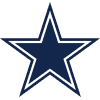
Phil Mafah, 239th overall
Blue's profile was pretty straightforward at the start of draft process and this landing spot reinforces it. He has a 28th percentile BMI and never saw more than 134 carries in a collegiate season (8.9/game), but he also averaged 8.98 yards per reception on 56 catches in his last two seasons. He's the perfect third-down back in a backfield led by Miles Sanders and Javonte Williams.
Mafah is a more traditional between-the-tackles banger. I wouldn't expect to see much of him in 2025, and he may not even make the roster.
DJ Giddens, 151st overall 
Giddens has elite athleticism and college production but appears to have been discounted by the league, potentially over concerns about his pass protection and running style. The bad news is that he's buried behind Jonathan Taylor. The good news is that there's little standing in the way of him rising to second on the depth chart.
Ollie Gordon, 179th overall 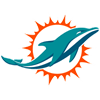
A year ago, Gordon likely had draft capital comparable to where Omarion Hampton was selected. A combination of poor on- and off-field actions led to him falling to the early sixth round. But he's shown elite production in the past and now lands in a spot where it's pretty easy to envision him rising to second on the depth chart. He's a late-round dart throw in rookie drafts and best-ball drafts.
Devin Neal, 184th overall 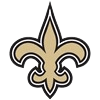
Neal is another back with a great landing spot. Kendre Miller has never earned the trust of the coaching staff in New Orleans. Perhaps a new coaching staff will change his fate, but Neal looks to have a strong chance to immediately serve as the change-of-pace back and direct backup to Alvin Kamara. He also showed ability as a rusher and receiver. Neal is a name to circle, despite the late draft capital.
Kalel Mullings, 188th overall 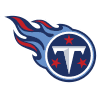
Mullings is an interesting case. He was recruited as a linebacker, but then switched to running back and ultimately displaced Donovan Edwards as the lead back at Michigan. He's an early down back without much breakaway ability and is now drafted into a poor offense in Tennessee. That's pretty underwhelming, but things get a little more interesting when considering that Tyjae Spears was sidelined a considerable amount in 2024 and the Titans have nothing of note on the depth chart behind Tony Pollard and Spears.
Tahj Brooks, 193rd overall 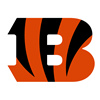
Brooks could have been intriguing if he had a fortunate landing spot, he got the opposite. The Bengals have three established backs ahead of Brooks, and there's little to no chance he pushes for touches ahead of Zack Moss or Chase Brown. It's fine to speculate on Brooks in the final rounds of deep rookie drafts, but his draft capital was so late that Cincinnati won't hesitate to draft another running back next season if it feels the need.
Damien Martinez, 223rd overall 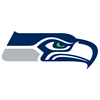
Martinez was an effective early down runner at Oregon State and Miami, but it's difficult to imagine a worse landing spot. For reference, Kenny McIntosh was the third-string running back behind Kenneth Walker and Zach Charbonnet and saw 31 carries in 2024.
Brashard Smith, 228th overall 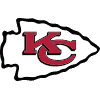
Smith is easily the winner of the seventh-round running backs as he lands in Kansas City, where there is no true lead back. Smith was recruited as a receiver and was moderately productive at Miami before transferring to SMU for his final collegiate season. He then transitioned to running back and totaled 1,600 yards from scrimmage with 22 touchdowns. Tyrone Tracy has better agility and burst, but there are a lot of parallels to his profile from last draft season.
Kyle Monangai, 233rd overall 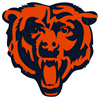
D'Andre Swift came away from draft weekend largely unscathed, which was surprising. Monangai was the exception, added in the seventh round. He's an early down masher and could also get work near the goal line. This isn't the most exciting click, but he could be serving in something of a (very) poor man's David Montgomery in Ben Johnson's new offense.
Jacory Croskey-Merritt, 245th overall 
Croskey-Merritt is a strange fit in the modern NFL. He has no involvement as a pass catcher but doesn't have the size to be a workhorse, or even lead, back. Washington was hypothetically a good landing spot, but he's not the right prospect to take advantage.
Wide Receiver
Chimere Dike, 103rd overall 
Elic Ayomanor, 136th overall
Tennessee joined Las Vegas as a team that brought several new receivers. Ayomanor was the higher-rated prospect of the duo, but went after Dike. There's a case to be made for Dike. He lit up the combine and his limited production in college can be explained by poor offensive environments at Wisconsin and Florida. Dike should be moving up boards.
Ayomanor is also a winner. He is more a traditional boundary receiver and should have the chance to immediately line up opposite Calvin Ridley. Ayomanor's production at Stanford was excellent, especially considering he missed all of his freshman year due to a back issue.
If Cam Ward hits, this is an offense on the rise so investing in his projected primary targets is a good idea.
Dont'e Thornton, 108th overall 
Tommy Mellott, 213th overall 
The Raiders continued to revamp their wide receiver corps, as this duo joined Jack Bech from the rookie class. Thornton is a pure deep threat and adds a vertical element to Las Vegas offense that otherwise doesn't exist. He also didn't command targets while at Tennessee, and it's hard to see that changing in the pros.
Mellot played quarterback in college and is converting to wide receiver. There's no reason to invest.
Arian Smith, 110th overall 
We're used to seeing defensive players at Georgia have to wait their turn or only play on a rotational basis despite their talent. That was the case for Smith, who had extremely limited production until his fifth year at the school. He enters the NFL as a relative unknown, but the Jets' wide receiver corps is wide open. Smith shouldn't be soaring up draft boards, but he is worth speculating on.
Jaylin Lane, 128th overall 
Lane is another traits-vs.-production debate. He did everything asked of him at the combine and is clearly an elite athlete. He broke out at Middle Tennessee before transferring to Virginia Teach, where he was good but not great.
He remains in the same region after landing with the Commanders and has the chance to pair with one of the best young quarterbacks in the league. Deebo Samuel and Terry McLaurin are going to vacuum up a lot of targets, so don't get overzealous, but there are compelling reasons to take a shot on Lane.
Jalen Royals, 133rd overall 
Royals is yet another big winner who landed with late draft capital on the Chiefs. He's a small-school product (Utah State) from a pass-heavy scheme, which introduces risk. However, he dominated his competition. Kansas City's pass-catching situation is far from settled. Rashee Rice (knee) has an unclear timeline to return to the field and could still face league discipline, while JuJu Smith-Schuster isn't going to keep a productive pass catcher off the field and Travis Kelce continues to slow. His price will be on the rise, but he could pay it off.
Jordan Watkins, 138th overall 
Junior Bergen, 252nd overall
Watkins was a buried a bit at Ole Miss but stepped up when asked. He could fill a similar role in San Francisco, as he'll almost certainly begin the season buried on the depth chart. Watkins could be in the mix to be a returner, giving him the chance to showcase his playmaking ability while earning a bigger role on offense.
Bergen is a true special-teams ace, returning a total of nine punts and kickoffs for touchdowns at Montana. That's his path to the roster and could make him a deep pick in leagues that reward special teams yardage.
KeAndre Lambert-Smith,158th overall 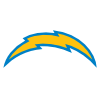
The Chargers invested in skill-position players every day of the draft, with Lambert-Smith being the second to last. He averaged 19.6 yards per reception in his final collegiate season and matched that with a 4.37 40. It's pretty easy to envision Lambert-Smith as the deep-threat replacement for Josh Palmer, who departed for Buffalo this offseason.
Tory Horton, 166th overall pick 
Ricky White, 238th overall
We can cover Horton and White together as the two are now teammates in Seattle. Marquez Valdes-Scantling is penciled in as the team's third wide receiver at the moment, so it's fair to say opportunity knocks. Horton was productive in college and was selected first, but there is some concern about his frame in the sense of his playing strength on the field. He's also coming off of a significant knee injury. He could be a riser late this summer, so there's definitely an argument to buy low.
White was UNLV's entire offense, but he also has a slight frame and isn't very technically sound. He's more likely to be on the roster bubble than be a fantasy contributor.
LaJohntay Wester, 203rd overall 
Wester joins the Ravens and arguably could emerge out of the cluttered wide receiver corps that includes Tylan Wallace, Devontez Walker and Anthony Miller. The question is, what kind of production could that bring? The answer is likely not much. The offense will roll through Derrick Henry, Zay Flowers (knee), Rashod Bateman, Mark Andrews (for now) and Isaiah Likely.
Jimmy Horn Jr., 208th overall 
Horn is slightly bigger than Tez Johnson, who we'll cover shortly, but he'll face a lot of the same problems. He could carve out a role in Carolina, but he's never likely to command enough targets to be relevant in the majority of formats.
Tez Johnson, 235th overall 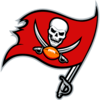
Johnson had a disappointing pre-draft process, which saw him slip to the seventh round due to his size and athletic testing. This landing spot won't do him any favors, as it's hard to see him rising above sixth on depth chart.
Kaden Prather, 240th overall 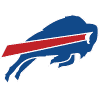
The Bills seem to have a type, as there are a few parallels between Prather and Keon Coleman. The problem is that Coleman is a better athlete and was more productive in college. They aren't likely to be on the field together often, and there is zero reason to believe Prather will be the preferred option. The only positive is that there's not much depth in Buffalo's receiver corps, so Prather has a realistic path to the fourth of fifth spot on the wide receiver depth chart.
Konata Mumpfield, 242nd overall 
Mumpfield is a high character and effort player, and he was also productive during his time at Pitt. He'll fight to be the fifth wide receiver for the Rams in training camp, but there's a long way to go before he's a name to know for fantasy purposes.
Dominic Lovett, 244th overall 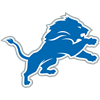
The Lions could use some help at wide receiver, but Lovett was primarily a slot receiver in college. His small frame (5-foot-10, 185) will almost certainly mean the same in the pros, and Amon Ra. St-Brown gets roughly half of snaps for the slot. Lovett doesn't have the draft capital or traits to force his way onto the field, so there's not much here for fantasy purposes.
Tight End
Gunnar Helm, 120th overall 
Helm quietly led Texas in receptions in 2024, making it a bit surprising that he lasted until the fourth round. He is regarded as a poor blocker and only tested a middling athlete. Tennessee is a good spot to find opportunity for him to find targets. Chig Okonkwo is in the final year of his rookie contract and has largely underwhelmed, and Josh Whyle also hasn't proven anything. This is a good tight end draft, so there are better places to look, but Helm is a worthy stash in deeper leagues.
Mitchell Evans, 163rd overall 
Evans is an intriguing prospect due to his ability to work well as a pass catcher and blocker. His numbers are modest at Notre Dame due to injury, but he should move up the depth chart if he can stay on the field. He isn't likely to be selected in rookie drafts, so this is just a watchlist player.
Oronde Gadsden, 165th overall 
Gadsden is more of a receiver than tight end, which is both good and bad. He has the ability to produce when targeted, but he may not be on the field enough to do so. That's particularly true with the Chargers, and we should expect that he'll need to prove he can block to get regular snaps. Maybe they line him up as a true outside receiver, but that seems unlikely given the investment they made at the position during the draft.
Jackson Hawes, 173rd overall 
Robbie Ouzts, 175th overall
These are blocking tight ends who shouldn't be on the fantasy radar.
Gavin Bartholomew, 202nd overall 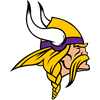
Thomas Fidone, 219th overall 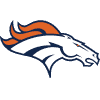
Caleb Lohner, 241st overall 
Moliki Matavao, 248th overall 
Luke Lachey, 255th overall
This group is unlikely to have much fantasy success given their draft capital and lack of college production.







